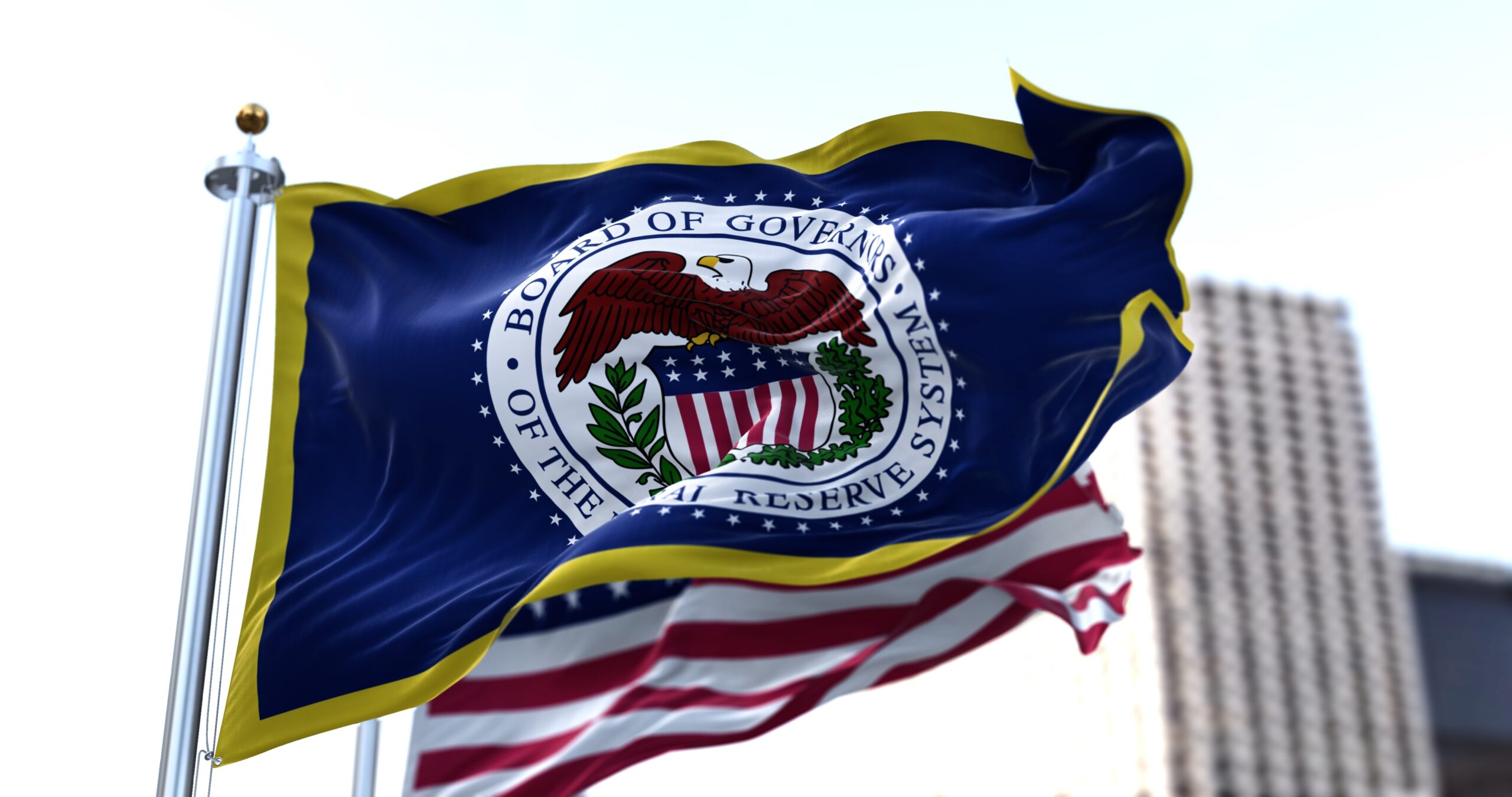
Key takeaways
-
- The “October Effect” is a Wall Street superstition that the month of October is a historically bad month for stocks.
- Various market downturns occurring in October have helped to reinforce the superstition.
- Unfortunately, fear sells. Hence every year, we bring fresh explanations for why October could be a bad month, with these prior crashes cited as evidence.
It's hard to think of October without Halloween---the one time a year when fear is fun and mysticism is celebrated.
But there's another (much less popular) event hidden on the tenth page of every calendar; one you might not have heard about. It's Wall Street's version of Halloween, called the "October Effect."
Depending on who you ask, the October Effect either signals the month the stock market crashes or, more likely, the month that brings more volatility than most.
So, is the October Effect real? Should you be worried? Read on to find out.
What is the October Effect? How Did It Start?
Like all superstitions, the October Effect was born out of the natural human desire to explain the unexplained. In 1692, two young girls in Salem, Massachusetts began suffering from fits, with violent contortions and uncontrollable outbursts of screaming.
While today's doctors would diagnose these girls with poisoning, in 1692, the townsfolk lacked the medical knowledge or resources to determine the actual cause of their illness. So, they turned to superstition. More specifically, they blamed witchcraft for the girls' affliction, to now infamously tragic results.
Similarly, the October Effect started with something real. On October 19, 1987, now known as “Black Monday”, the stock market plunged 20.5%, the worst day in the S&P 500’s history.
After that event, people began to notice that the 1929 stock market crash also occurred in October. Like the two sick girls in Salem, once two crashes were found in the same month, speculators attempted to draw more parallels. Lo and behold, they found mini-crashes in October 1932 and again in 1937. Suddenly, the myth was born.
Understanding The October Effect
Confirmation bias is the natural human tendency to seek out evidence that confirms an already held belief. Unfortunately, it tends to perpetuate superstitions.
For example, a creaking sound in an old house might normally be dismissed as nothing, but if one already believes the house is haunted, the unexplained sound confirms that belief.
Similarly, since the coining of the October Effect, subsequent market downturns occurring in October have only helped to reinforce the superstition.
For example:
- Stocks fell almost 7% on October 27, 1997.
- The worst single-day return during the 2008 Financial Crisis occurred on October 15, 2008.
- Of the ten worst days for the S&P 500, five of them have been in October!
With all this volatility happening in the same month, it's pretty easy to understand how the belief of the October Effect has increased over the past thirty-plus years.
Don’t Be Spooked. The Data Isn’t So Scary
When you actually look at the data, October looks about as scary as a neighborhood trick-or-treater dressed up as a Power Ranger.
Since 1927, the S&P 500 has posted a negative month in October 38 times, tied with July for the 6th worst calendar month.
Yes, that's right, October is exactly in the middle. Similarly, the median S&P 500 return in October is 1.03%, which again ranks 6th worst.
In terms of crashes, earlier, we mentioned that five of the ten worst single days for the S&P 500 occurred in October. But those were all during three very specific events: The 2008 Crisis, the 1987 Crash, and the 1929 Crash.
Besides those three periods, October has never had a month where stocks fell 15% or more. That kind of "crash" has happened seven times in other months since 1927. So October isn't really that special.
The October Effect & Salience Bias
Another common thread between the October Effect and other superstitions is the so-called salience bias. This term describes people who tend to remember highly impactful events even if those events are rare.
For example, you saw a black cat shortly before your car broke down. Suddenly the black cat seems extremely important (salient). You suddenly forget about the hundreds of times you've seen a black cat, and nothing consequential follows.
While three significant market crashes occurred in October over the last 100 years, there were 97 where there were none.
Sometimes markets seem to move around for little apparent reason. Today, people still hotly debate exactly why the 1987 Black Monday crash happened. This kind of confusion becomes fertile ground for myths and legends to grow.
In this sense, it is very similar to the people of Salem trying to explain the convulsions of two girls. They were scared and confused. The episode shows that people will readily accept a flimsy explanation rather than live with no explanation at all. The more frightening an event is, the more people will search for any answer, however fantastic.
Unfortunately, fear sells. Hence every year, we bring fresh explanations for why October could be a bad month, with these prior crashes cited as evidence. In reality, this kind of thing is preying on salience bias.
Again, there is nothing special about October.
If Something as Simple as a Calendar Month Worked as an Indicator, Making Money in Markets Would Be Easy.
This October could be a good or bad month. The data suggests it isn't any different than the other 11 months of the year. More importantly, trying to time markets is extremely difficult.
A much safer bet is to take a long-term approach. Since stocks generally go up over time, consistent market exposure is the surest way to profit from this general tendency.
Start with a goal for your investments, determine the right risk tolerance, and then stick to your plan.


